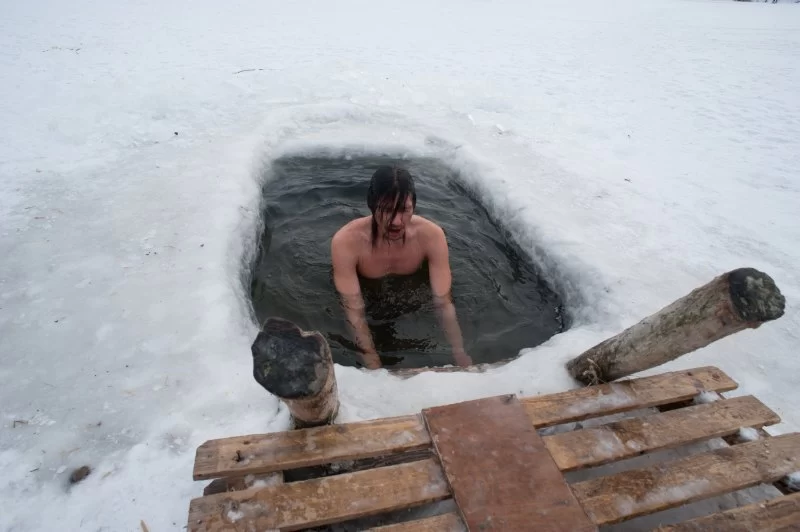- Understanding-hypothermia-in-cold-water
- Early-signs-and-symptoms-to-watch-for
- Immediate-actions-to-take-in-cold-water
- Safe-rescue-and-removal-from-the-water
- Warming-techniques-and-recovery
- Prevention-strategies-for-cold-water-exposure
1. Understanding Hypothermia in Cold Water
When discussing How to Deal with Hypothermia in Cold Water, it’s important to know that this condition occurs when your body loses heat faster than it can produce it, causing your core temperature to drop below 95°F (35°C). Cold water accelerates this process dramatically — even water that feels “cool” can sap body heat quickly. At Pine Cliff Resort, where outdoor water activities are a highlight, understanding these dangers is crucial for safe enjoyment.
Cold shock, loss of muscle coordination, and reduced consciousness can set in faster than many realize. In just 10–15 minutes, the body can reach a dangerous state if not properly protected or rescued.
2. Early Signs and Symptoms to Watch For
Recognizing hypothermia early is the key to preventing severe consequences. Common symptoms include uncontrollable shivering, confusion, slurred speech, and loss of fine motor skills. In cold water, these signs may appear within minutes, especially without proper thermal protection.
One kayaker shared an incident on a spring morning when his hands became too numb to hold the paddle after just 12 minutes in the water. His quick recognition of the symptoms — and immediate return to shore — likely prevented a much more dangerous situation.
3. Immediate Actions to Take in Cold Water
If you find yourself in cold water unexpectedly, your first priority is to control breathing and stay afloat. The initial cold shock can cause hyperventilation, increasing the risk of inhaling water. Keep your head above water, minimize movement to conserve energy, and use any flotation device available.
Position yourself in the Heat Escape Lessening Posture (HELP) if wearing a life jacket, drawing your knees to your chest and keeping your arms close to your body. If you’re with others, huddle together to share body warmth.
4. Safe Rescue and Removal from the Water
Getting out of the water as quickly and safely as possible is critical. Use ladders, docks, or any floating debris to assist. Rescuers should avoid direct entry unless trained, as they risk becoming victims themselves. Extend a rope, pole, or even a branch to pull the person to safety.
In one real-life case, a fishing guide used an empty cooler as a buoy to keep a hypothermic swimmer’s head above water until help arrived. Simple improvisations like this can make a life-saving difference.
5. Warming Techniques and Recovery
Once out of the water, remove wet clothing immediately and replace it with dry, insulated layers. Wrap the person in blankets, focusing on the chest, neck, and head. Avoid direct heat sources like hot water or heating pads on cold skin, as this can cause shock.
Warm, sugary drinks can help raise core temperature if the person is conscious and able to swallow. In severe cases, medical attention is essential. At Pine Cliff Resort, staff are trained in basic hypothermia response, ensuring guests can be assisted quickly if needed.
6. Prevention Strategies for Cold Water Exposure
The best way to deal with hypothermia is to avoid it entirely. Wear a wetsuit or drysuit during cold-water activities, check weather and water temperatures before heading out, and always inform someone of your plans. Practice self-rescue techniques in controlled conditions to build confidence.
By combining awareness, preparation, and the right gear, you can enjoy cold-water adventures while minimizing risk. For tailored gear recommendations and safe activity planning, Pine Cliff Resort offers guidance to make your time in and around cold water both thrilling and safe.







